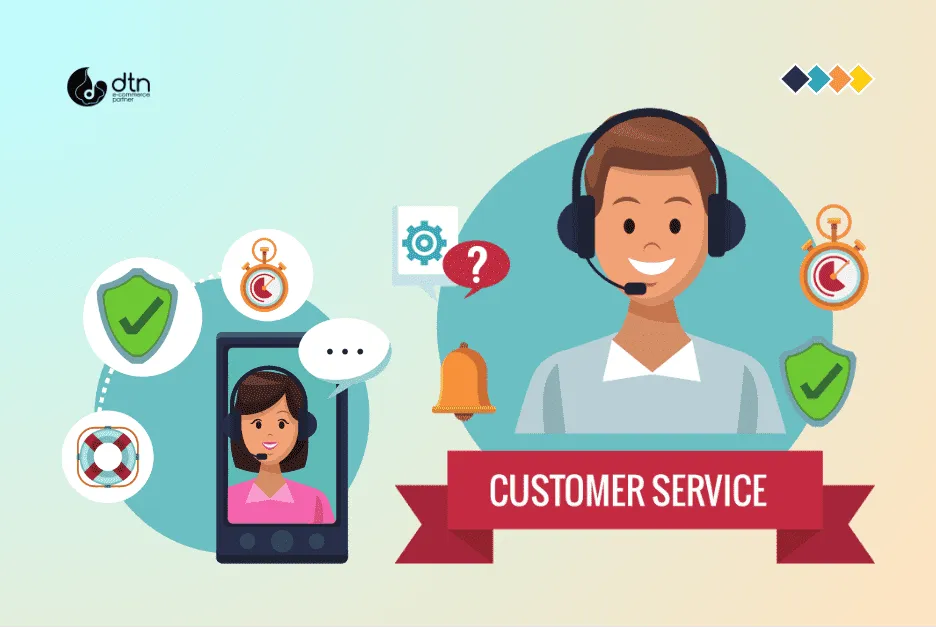Establishing an online presence is crucial for small enterprises. E-commerce offers the means to reach a broader audience, bolster sales, and enhance customer satisfaction. Yet, venturing into e-commerce can be daunting, particularly without clear direction.
Thus, we’ve compiled this comprehensive guide featuring E-commerce Tips and Tools for Small Businesses to ease your journey.
Table of Contents
1. Selecting the Right E-commerce Platform
Choosing the appropriate e-commerce platform is the inaugural step for your venture. Several platforms are available, each with unique merits:
- Shopify: Known for its user-friendly interface, making it ideal for beginners.
- WooCommerce: A free WordPress plugin suited for businesses already leveraging WordPress websites.
- Magento: A robust platform favored by larger enterprises requiring extensive customization.
Upon selecting a platform, setting up your online store involves tasks such as product listing, pricing configuration, and setting up payment and shipping options.

E-commerce platform choice: Shopify, WooCommerce for WordPress, or Magento
2. Promoting Your Online Store
Once your store is live, promoting it becomes imperative to attract visitors:
- Search Engine Optimization (SEO): Enhance your website’s visibility in search engine results by employing relevant keywords and building backlinks.
- Social Media Marketing: Engage potential customers through platforms like Instagram, Facebook, and Twitter by sharing product images, updates, and running promotions.
- Email Marketing: Keep customers informed about sales, promotions, and product launches through newsletters and personalized email campaigns.

Promote your online store through SEO, social media engagement, and email marketing to attract and inform customers.
3. Delivering Exceptional Customer Service
Superior customer service is indispensable, especially in the e-commerce realm:
- Prompt Responses: Address customer inquiries promptly and courteously to foster trust.
- Transparency: Maintain honesty and transparency in your dealings, including product descriptions and shipping policies.
- Convenient Policies: Offer free shipping and hassle-free returns to enhance the shopping experience.
- Accessibility: Ensure customers can easily reach out for assistance through multiple channels like email, phone, or live chat.

Provide exceptional customer service with prompt responses, transparency, convenient policies, and accessible support channels
4. Leveraging E-commerce Tools for Automation
Numerous e-commerce tools are available to streamline business operations:
- Inventory Management Systems: Keep track of stock levels to prevent overselling and optimize replenishment.
- Order Processing Platforms: Automate the order processing workflow from purchase to fulfillment.
- Shipping Solutions: Simplify shipping tasks, including label printing and package tracking, to expedite order fulfillment.
- Financial Management Software: Manage finances efficiently with tools for invoicing, bookkeeping, and tax compliance.
Adopting e-commerce tools enhances efficiency, reduces manual workload, and improves overall customer service.

Boost efficiency with e-commerce tools for inventory, orders, shipping, and finance, improving customer service
5. Keeping Abreast of E-commerce Trends
Staying updated on e-commerce trends is crucial to remain competitive:
- Embrace New Technologies: Incorporate emerging technologies like augmented reality and voice commerce to enhance the shopping experience.
- Adapt Marketing Strategies: Adjust marketing tactics based on evolving consumer preferences and behaviors.
- Follow Industry Leaders: Stay informed by following thought leaders and industry experts on social media platforms and attending relevant events and conferences.

Stay competitive by embracing new technologies, adapting marketing strategies, and following industry leaders for insights and updates
Conclusion
Embarking on an e-commerce journey presents vast opportunities for small businesses. By selecting the right platform, promoting effectively, delivering exceptional customer service, leveraging automation tools, and staying informed about trends, success becomes more attainable.
Frequently Asked Questions
We’ve compiled a list of answers to common questions on on E-commerce Tips and Tools for Small Businesses.
What are some popular e-commerce platforms suitable for small businesses?
Popular e-commerce platforms include Shopify, WooCommerce, and Magento, each catering to different business needs and preferences.
How can small businesses effectively promote their online stores?
Small businesses can utilize strategies such as SEO, social media marketing, and email marketing to drive traffic and increase visibility.
Why is providing excellent customer service crucial for e-commerce businesses?
Exceptional customer service builds trust and loyalty, crucial factors in the online shopping experience where customers cannot physically interact with products.
How can e-commerce tools aid in automating business processes for small businesses?
E-commerce tools streamline tasks such as inventory management, order processing, shipping, and financial management, improving efficiency and customer satisfaction.
Why is it important for small businesses to stay updated on e-commerce trends?
Staying informed about trends enables small businesses to remain competitive, adapt to changing consumer behaviors, and capitalize on emerging opportunities in the dynamic e-commerce landscape.



